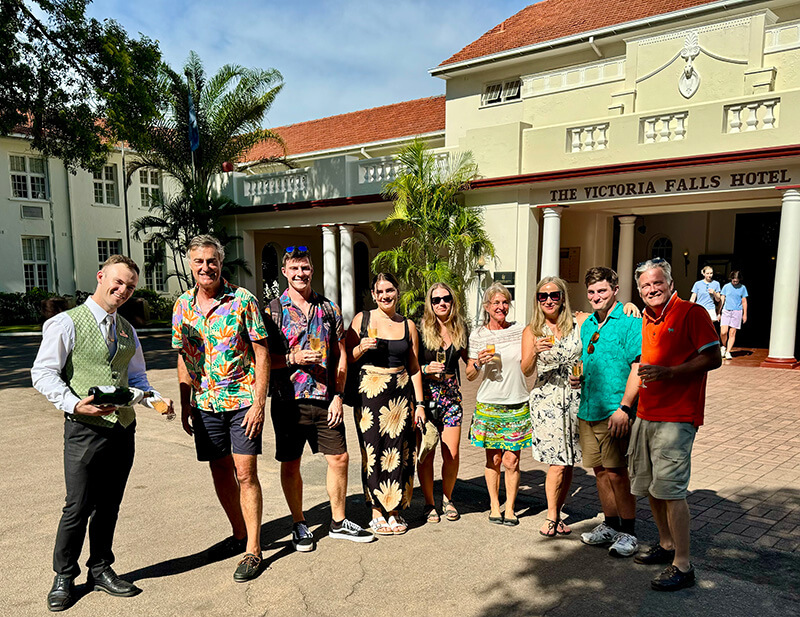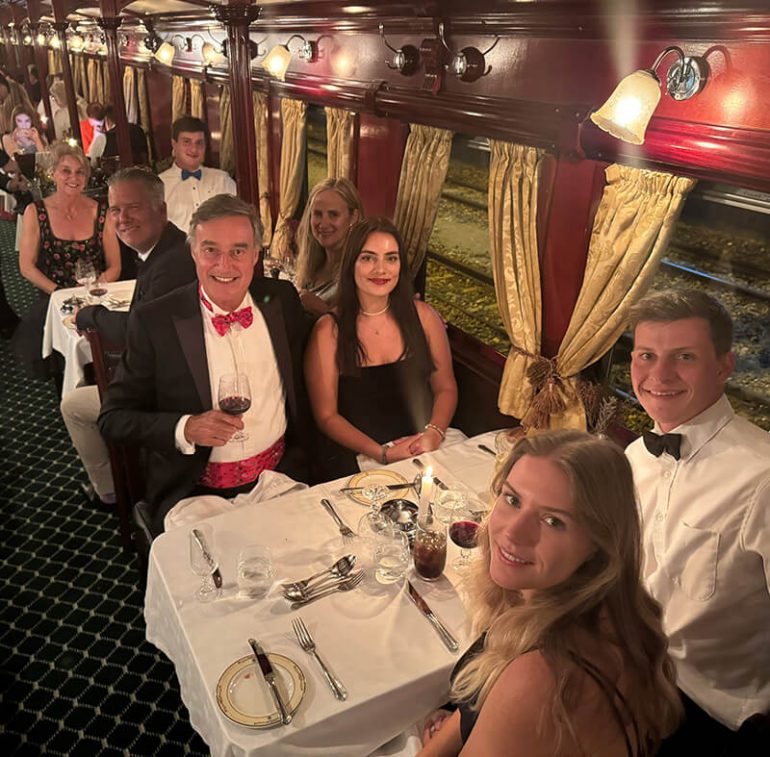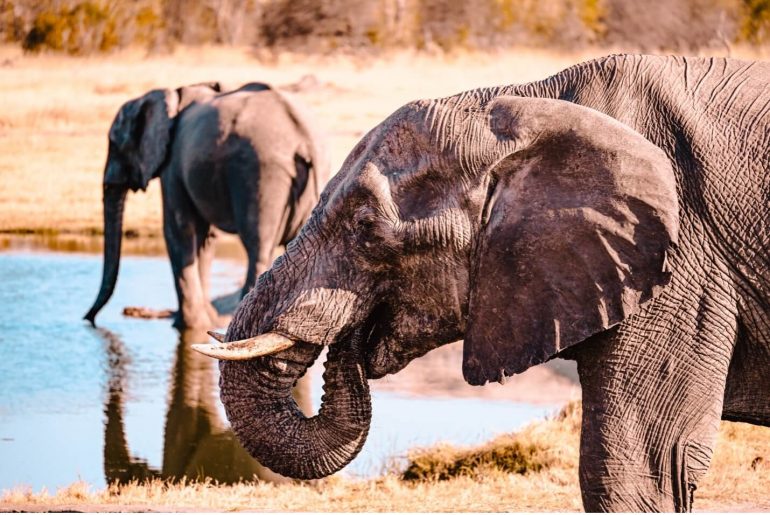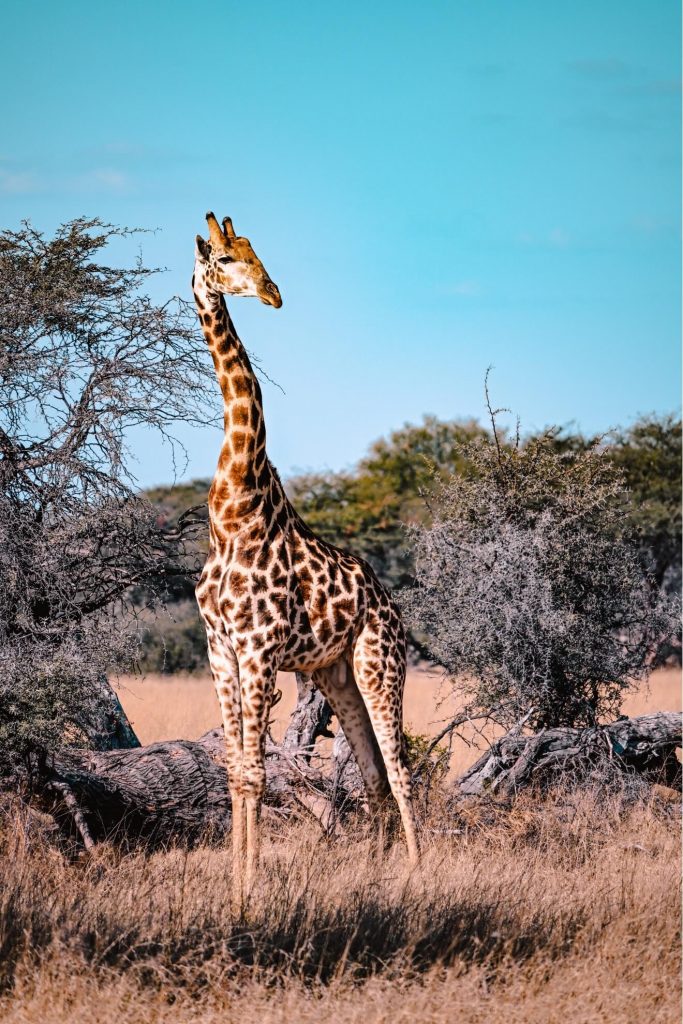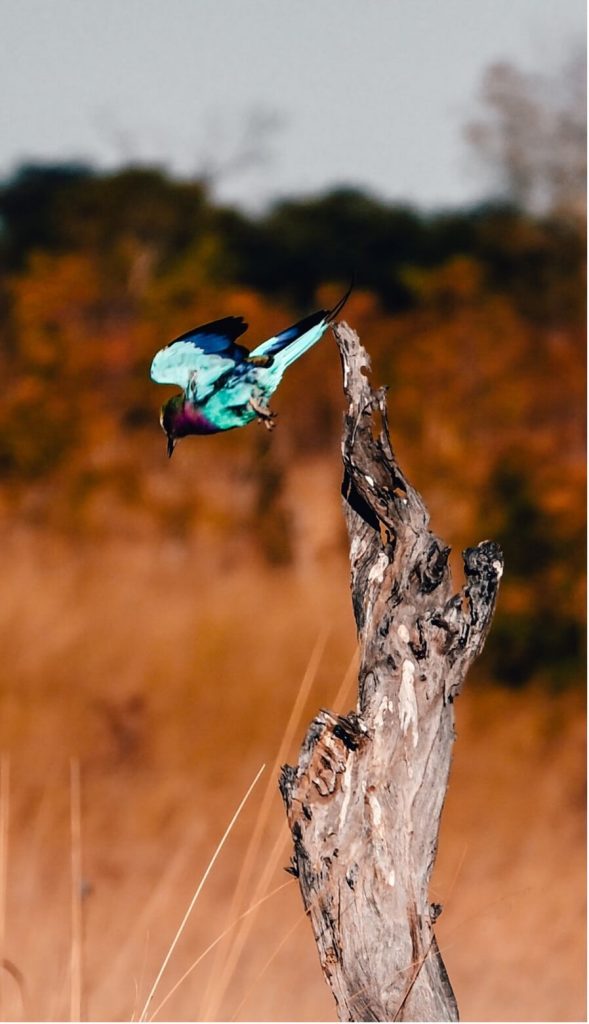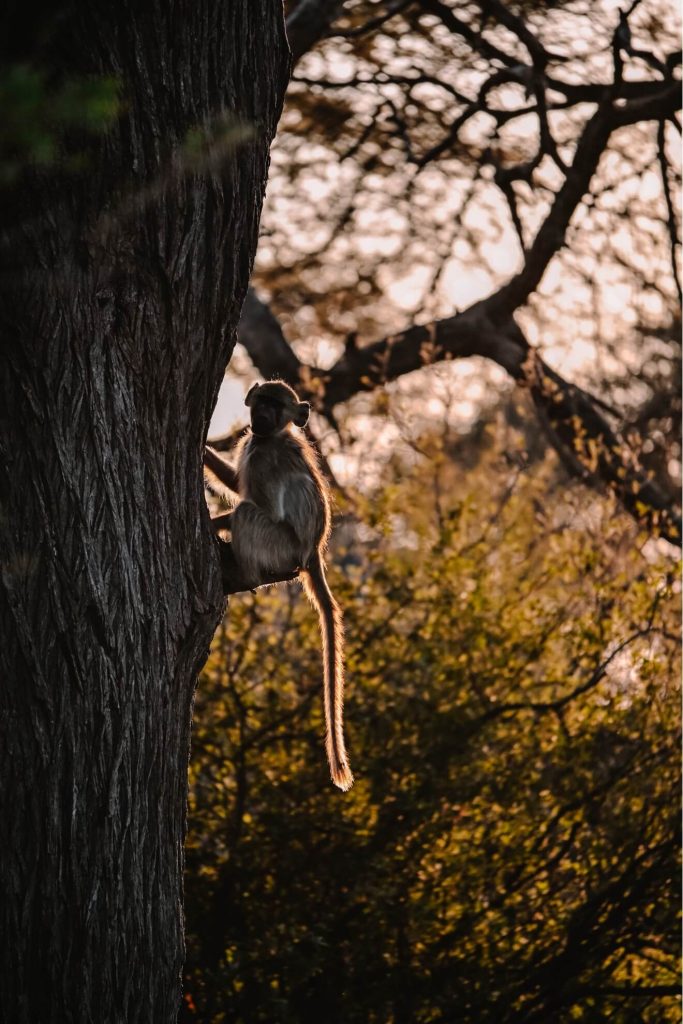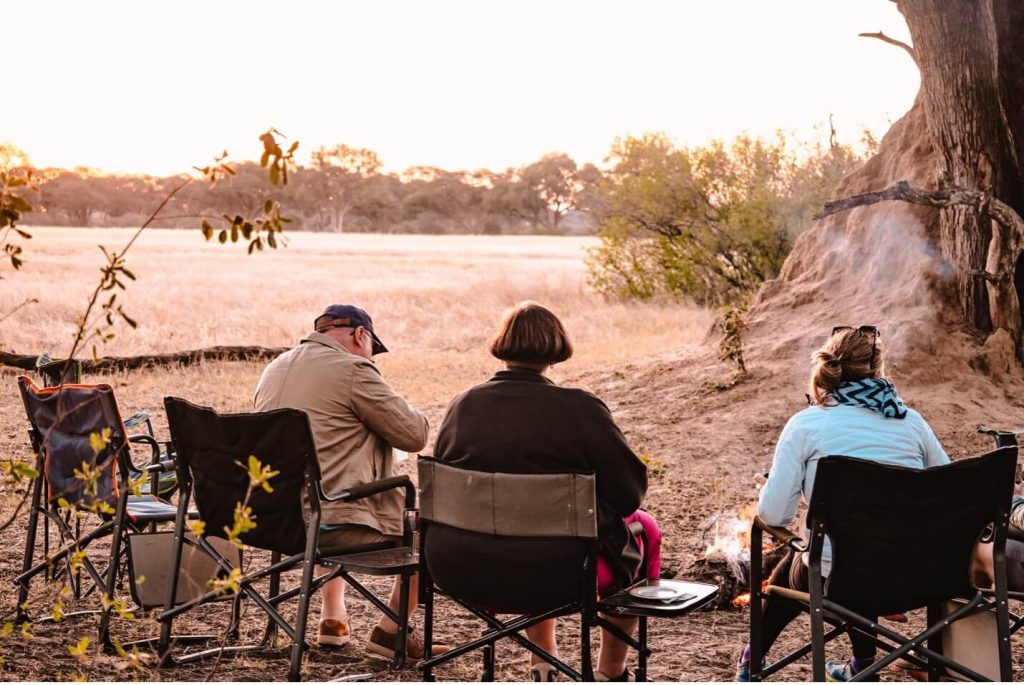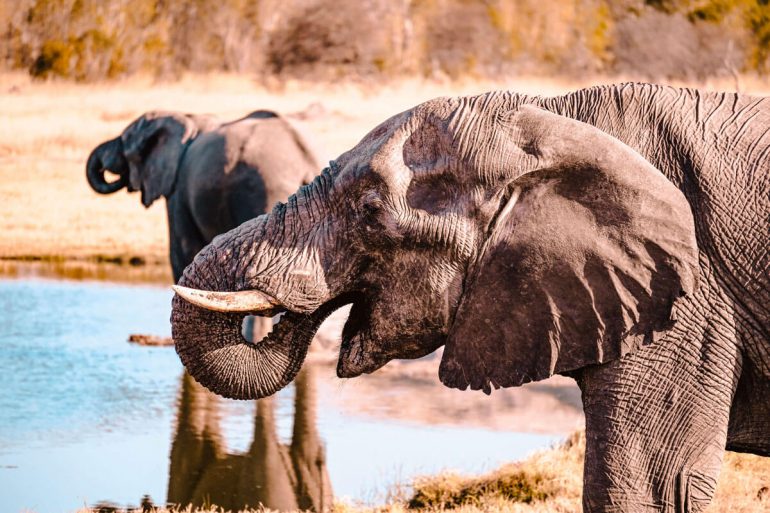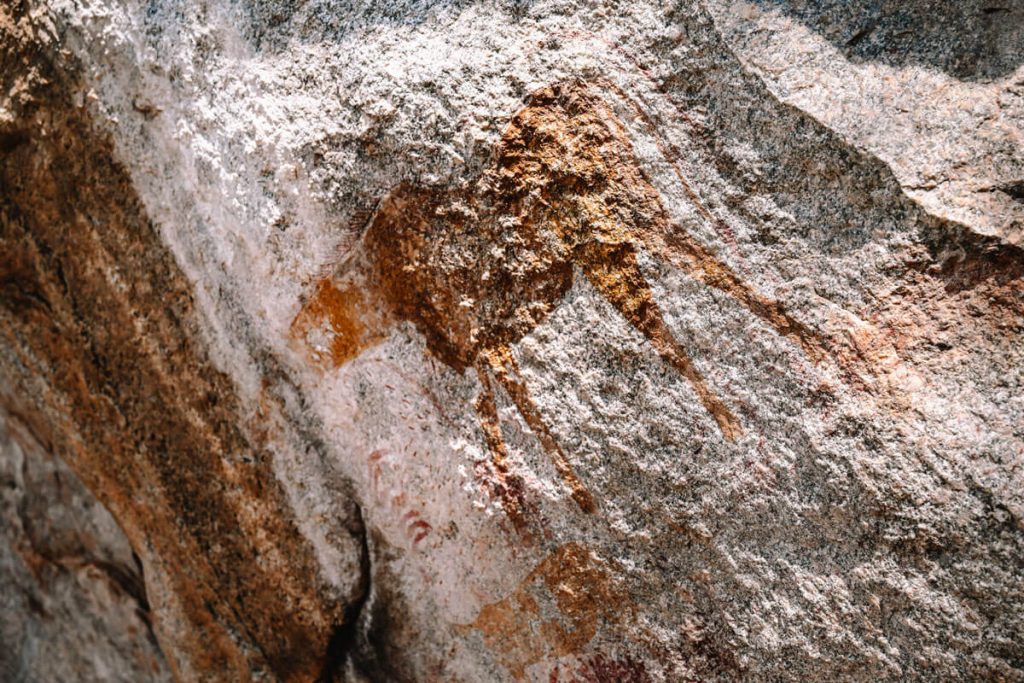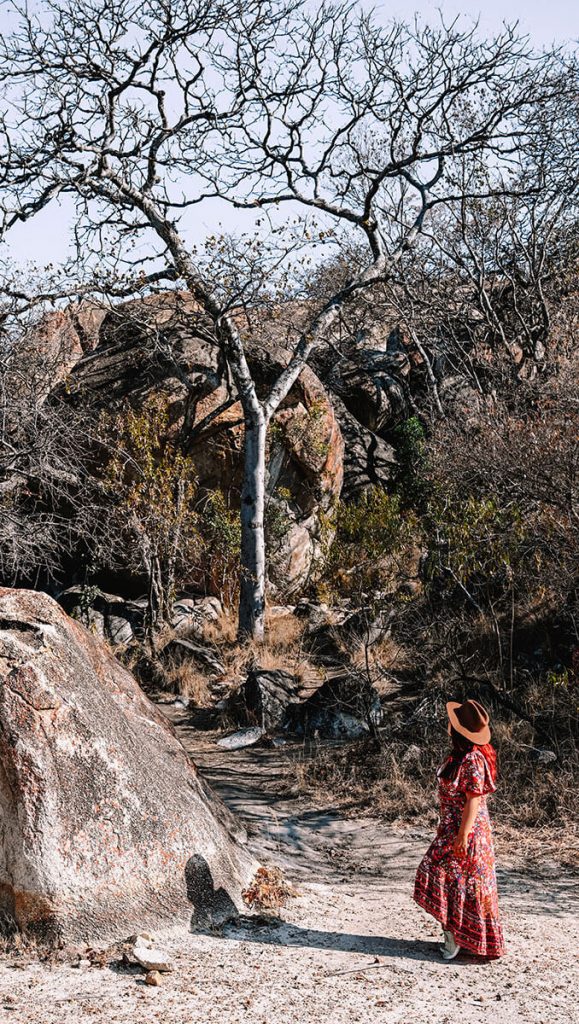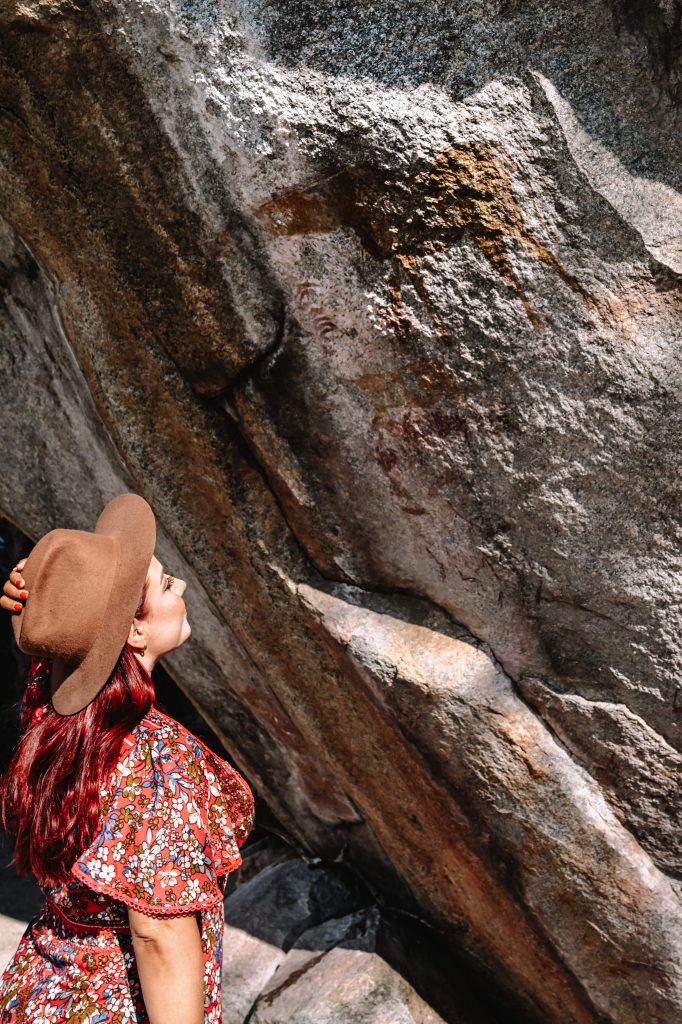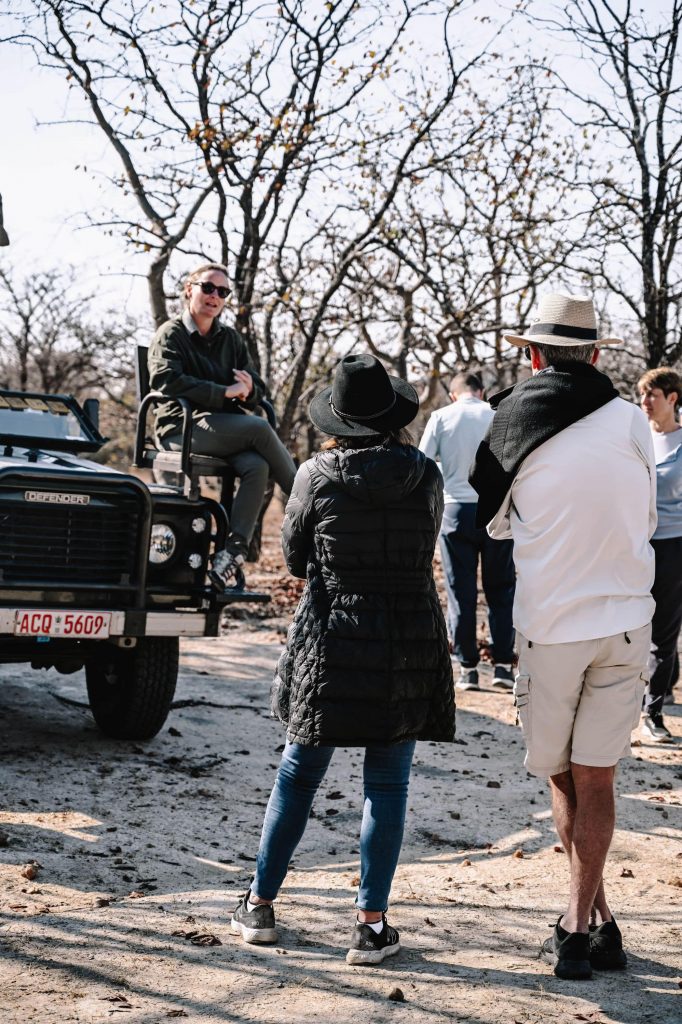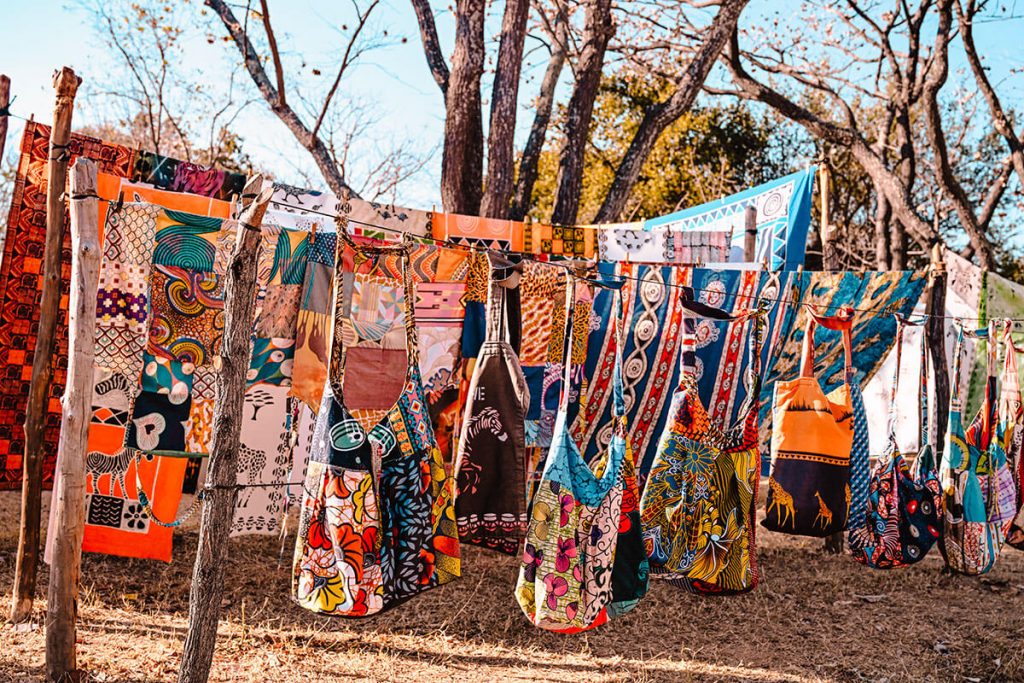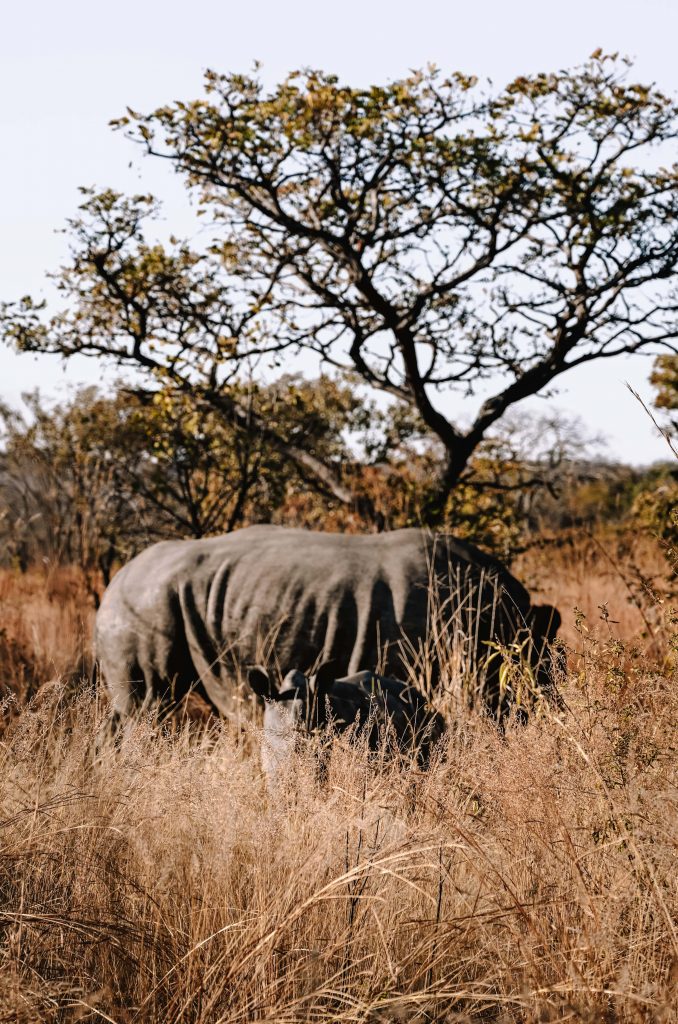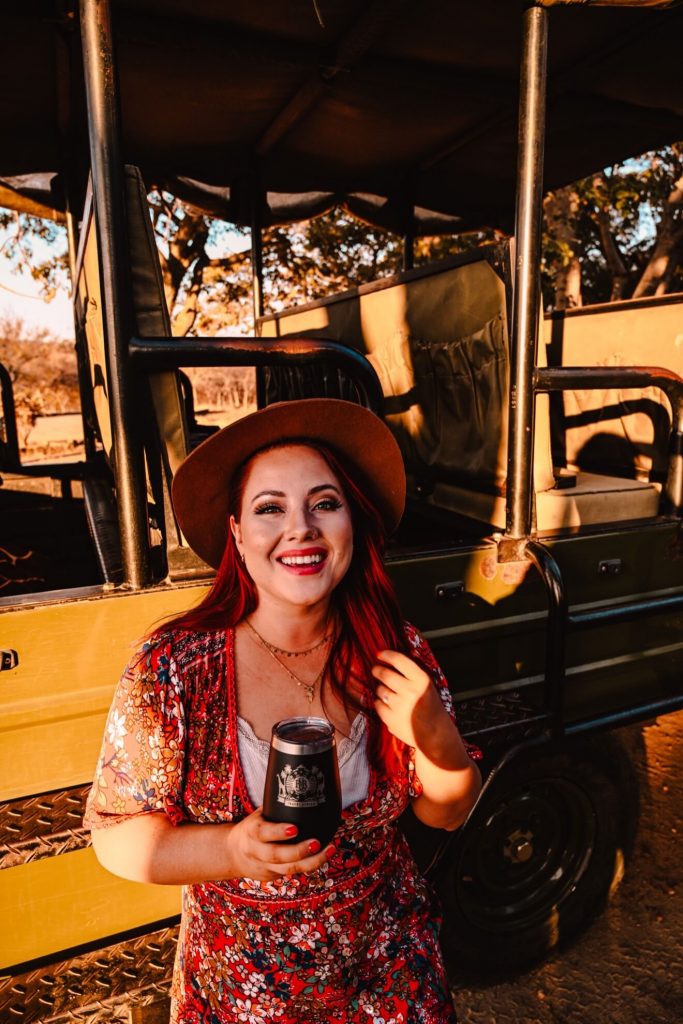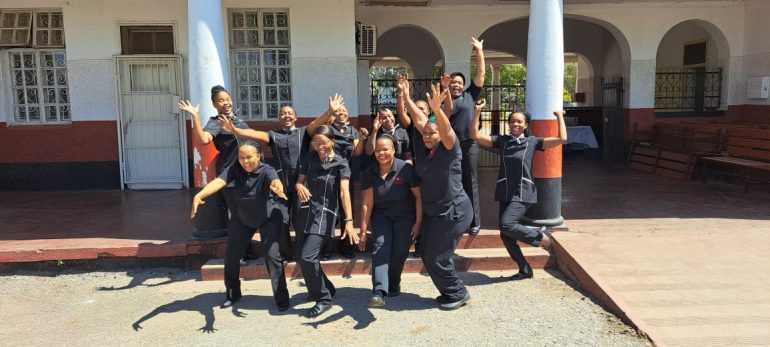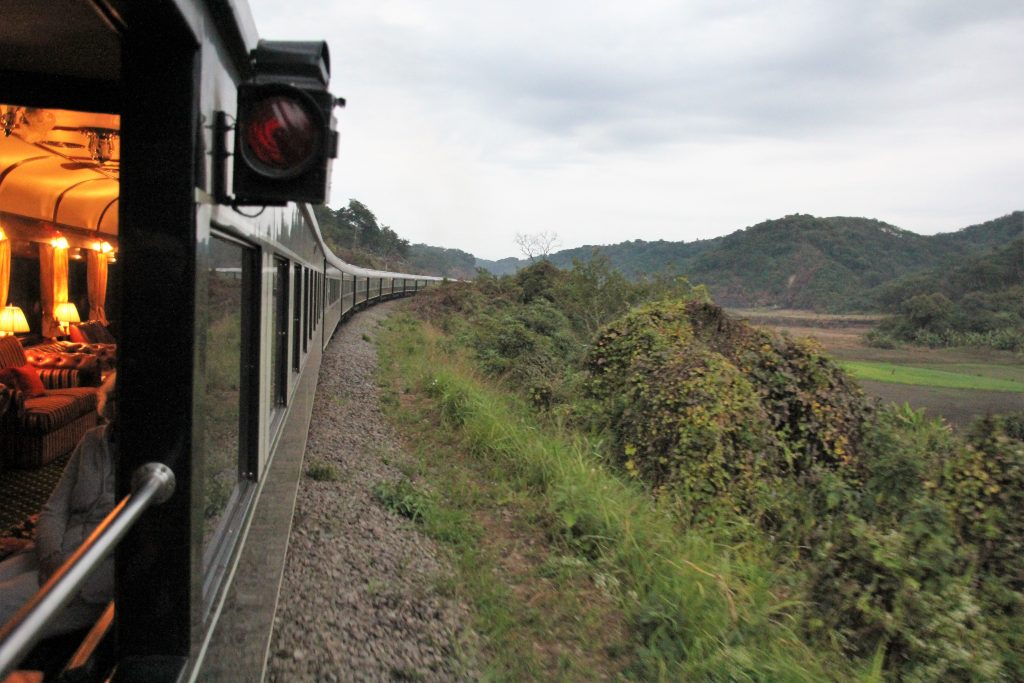Murder mystery on Rovos Rail
By Linda Sparks
Eight passengers, a group of cousins from England and South Africa, with a great sense of fun and adventure, had the privilege of experiencing Rovos Rail’s world-renowned luxury travel together on the 4-night journey from Victoria Falls to Pretoria.
They decided to add some extra entertainment to their voyage by playing a murder mystery game over the duration of their trip.
On the first day of their journey Ro, Paul, Linda, Peter, Abi, Luke, Loic, and Lara gathered in the train’s plush lounge and sat around a table in front of three hats filled with cards – one with the players’ names, another with murder weapons, and the third with murder venues.
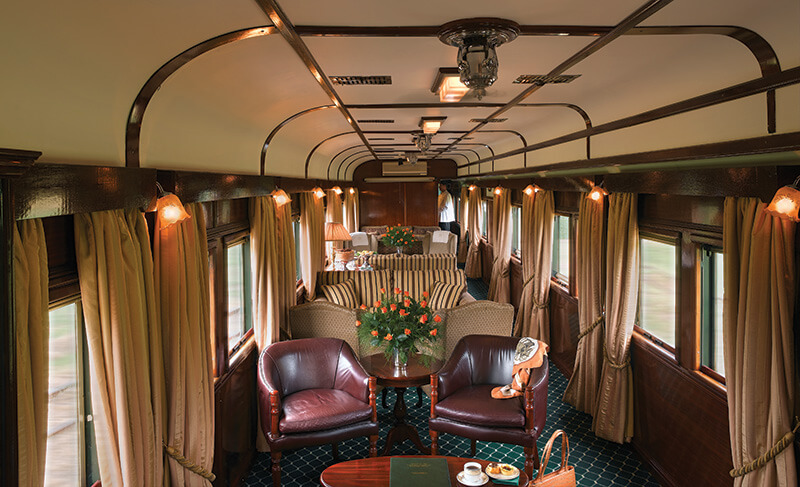
The rules were simple, yet the game held the potential for elaborate schemes and covert actions. Each participant drew a name, a murder weapon, and a murder venue. Their objective: to surreptitiously carry out the crime by passing the chosen weapon to the selected passenger in the designated venue.
There was an air of suspense as each cousin drew their cards. Smiles were exchanged mischievously as everyone started plotting their plans.
Ro discovered that she had to execute her murder with a lipstick in the bar and that her unsuspecting target was Lara. Meanwhile, Peter learned that he had to “kill” Loic with a bottle of water in the kitchen. The game was afoot.
Over the course of the journey, alliances formed and dissolved, secret conversations were exchanged in hushed tones, and stealthy plans were set into motion. The passengers navigated the train’s elegant carriages, trying to position their victims in the right place at the right time.
As the train snaked its way through the breathtaking landscapes of Zimbabwe and northern South Africa, the murder mystery game unfolded with unexpected twists. Linda, armed with a serviette, lurked in the shadows of the passage outside the kitchen, waiting for the opportune moment to strike. Abi, plotted her moves in the dimly lit bar, eyeing her prey discreetly.
The bar, dining room, passage outside the kitchen, lounge, and observation deck became stages for clandestine acts of murder.
Paul, armed with a Jägermeister shot, concocted a plan to eliminate his assigned target amidst the lively chatter on the observation deck.
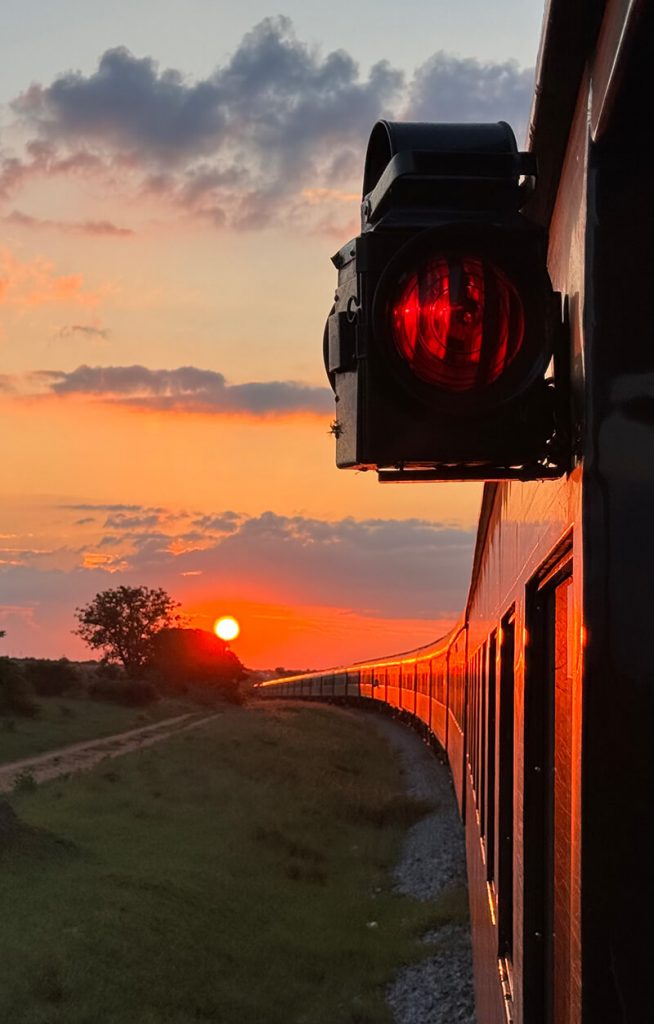
There was much laughter and intrigue as players executed their devious plans, always watchful for the unsuspecting victims who unknowingly accepted their fate. Everyone embraced the challenge, relishing the thrill of outsmarting their fellow participants.
By the end of the trip, one cunning strategist emerged victorious. With a bread knife carefully hidden behind his phone, Luke had managed to eliminate every other player in the group.
The players were now able with great hilarity to reflect on the game and openly share their plots – both successful and failed!
As the train approached Pretoria, the cousins reflected on what an exceptional train trip it had been. All agreed that Rovos Rail had exceeded their expectations and did indeed live up to its reputation as the most luxurious train in the world.
From the outstanding service and attentive staff, getting dressed up for dinner to enjoy the exquisite meal and wine pairings, the luxurious suites and public spaces offering an elegant old-world charm, and of course the fascinating excursions to game reserves and historical sites along the way.
Rovos Rail’s beautiful carriages created the perfect stage for an exciting murder mystery game of deception, strategy and suspense – creating a fun element to what was already the trip of a lifetime and adding to the lasting memories and special shared experiences.
